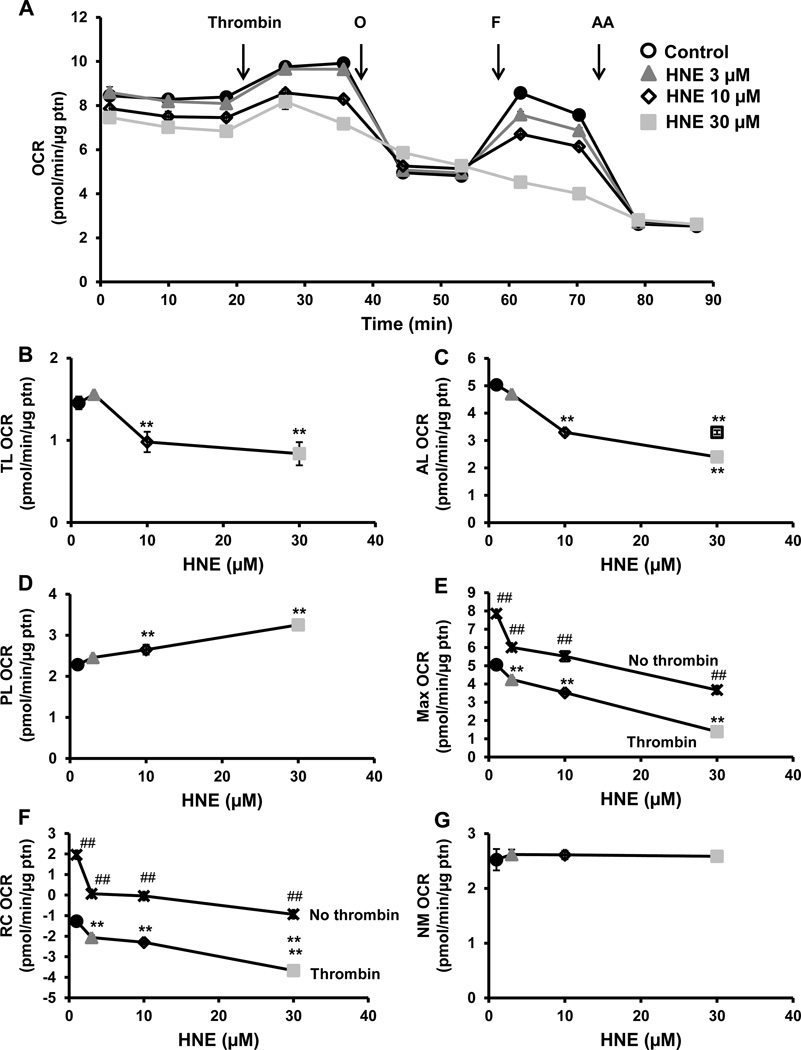Figure 4. Effect of 4-HNE on mitochondrial respiration in the presence of thrombin.
(A) Platelets were incubated with 4-HNE (HNE) (0–30 µM) for 1h after which a mitochondrial stress test was performed by first measuring basal OCR, followed by sequential injection of thrombin (0.5 U/ml) oligomycin (O) (1 µg/ml), FCCP (F) (0.6 µM), antimycin A (AA) (10 µM). Indices of mitochondrial respiration: (B) thrombin linked (TL) (thrombin OCR – basal OCR), (C) ATP-linked (AL) (thrombin OCR – oligomycin OCR), (D) proton leak (PL) (oligomycin OCR – AA OCR), (E) maximal (FCCP OCR – AA OCR), (F) reserve capacity (RC) (FCCP OCR – thrombin OCR) and (G) non-mitochondrial (NM) (AA OCR) were calculated. The no thrombin HNE treatment data were added to the maximal OCR and reserve capacity plots. Data expressed as mean±SEM from one representative donor, n = 5–6 replicates. **p<0.01, different from thrombin. ##p<0.01, different from the thrombin and 4-HNE treatments.  No thrombin traces.
No thrombin traces.

